On August 6, 2016, a team from RAWNY went ashore on Motor Island (NY049) and successfully put the island on the air; qualifying it for the U.S. Islands Awards Program.
The team met at the Town of Tonawanda public boat launch docks at the foot of Sheridan Drive at 6:30 in the morning and began the tedious process of loading two boats for the trip out to the island. Captains Glenn Hicks, and Randy (N2RRR), were the utmost professionals and made sure our trip across the Niagara River to the island was quick and safe.
Conditions on the island were cramped as we were only allowed to operate on a very narrow beach on the northwest side of the island that measured 8 feet wide by approximately 40 feet long. When we first arrived at the island, the beach was littered with bird droppings, and we found it necessary to locate a piece of driftwood and rake the stuff into the water. As the day wore on, we discovered that we LOST about two feet of beach as we slowly discovered that our canopy supports, table legs, and counterpoise wires were in the water!
All told, we had five stations on the air simultaneously… covering 40, 20, and 17 meters in addition to a 2-meter station that was monitoring 146.460 simplex. 30 meters was completely dead, and although there were reports of activity on 15 and 10, we heard nothing. We operated SSB, CW, and PSK31. In order to qualify an island for the USI program, a total of twenty-five contacts including two DXCC entities must be made. Normally, a single contact with ANY station in the U.S. counts as one DXCC entity, but Randy (N2RRR) made the first contact in style by working a station in Jamaica on 20 meters. We also worked two stations in Canada – one in Alberta and the other in Saskatchewan.
All of our antennas were portable… utilizing 43′ long wires with counterpoises that were used for 40 meters, and two Buddipole systems for 20 and 17 meters. Mike (KA2GVY) built a groundplane antenna for 2-meters. Everyone operated on batteries with power outputs ranging from 5 watts on PSK31, to 10 to 50 watts out on phone and CW. Even though everyone had multiple battery backups, we found that only a single pack was necessary as the power consumption was excellently managed.
The biggest problem was trying to erect the two 43′ long wire antennas. Since we were not permitted to venture anywhere on the island off the beach we were assigned to, we had to be extremely careful on how we shot support ropes into the few trees we had access to that were close to the beach. It took a frustrating long time to get the ropes into the air, but eventually, the antennas were up and Jim (KA2IWK) and Chris (KD2ISV) were on 40 meter phone and CW making contacts.
By the time all of the antennas were up and all the gear was connected, every station was on the air by 9:30 am. Randy (N2RRR) was the first to break the ice thanks to his fantastic screwdriver antenna mounted on a tripod and four counterpoise radials. Soon, Randy made eight contacts including the contact in Jamaica. Shortly thereafter, everyone was calling out “I got one!” It was very much like fishing. Matt (KD2LGG) kept a close tally on all the contacts, letting us know when we were getting close to and reaching the required twenty-five.
Aaron (N2HTL) handled the PSK31 duties using an early 1970s vintage TenTec Argonaut at 5 watts, and Mike (KA2GVY) manned the 2-meter simplex station. Eric (K2WGF) manned 17 meters.
The stations were set up for each band so that if an operator got tired of 20 meters, he could simply trade places with the person operating on 40 meters. However, band conditions were not the best. We would hit pockets of multiple contacts thanks to W2PE being spotted on the various DX spotting networks. Once those small pile-ups stopped, you could compare the band conditions to fishing when no fish are biting – it was like “drowning worms.”
Once the bands started to open up around 1:00 in the afternoon, everyone stating making contacts. 20 meters was the hotspot and soon Matt (KD2LGG), Lauren (KC2RBN) and Victoria (KD2BKZ) were filling the log sheets as us “old-timers” stood by taking in the scenery and eating snacks!
If you go by the rules of USI were we simply had to make 25 contacts and 2 DXCC entities, we could have wrapped up the operation by 12:00 pm. But the location was magnificent, the weather was perfect, the water was warm, and we were on an island taking it all in! We finally pulled the plug around 4:30 in the afternoon with a total of 150 contacts (give or take a few). We then packed up and headed back to the mainland, leaving Motor Island exactly as we found it.
This was a once in a lifetime opportunity for RAWNY. No other amateur radio operation (either through a club or an individual) will be allowed on the island after us. We have to give a very special thanks for the NYS DEC for granting us permission to operate from Motor Island and for putting their trust in us that the island and it’s protected inhabitants would not be disturbed in any way. A very special thanks to Chris’ (KD2ISV) brother-in-law, Glenn, for providing transportation for half of the team to and from the island.
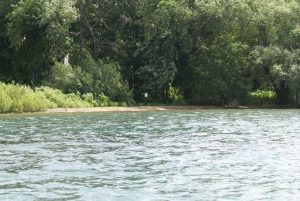 |
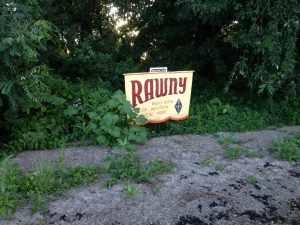 |
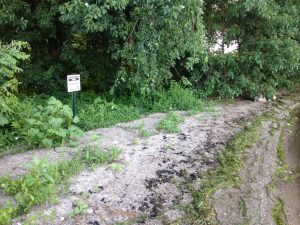 |
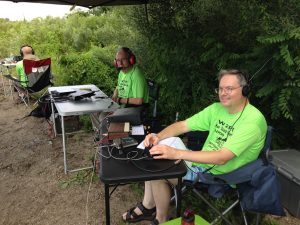 |
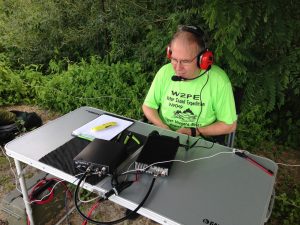 |
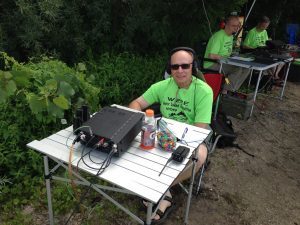 |
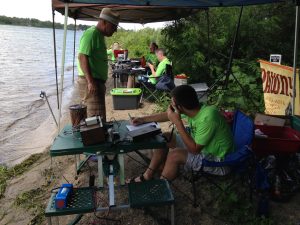 |
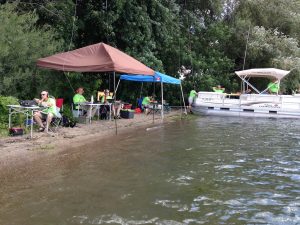 |
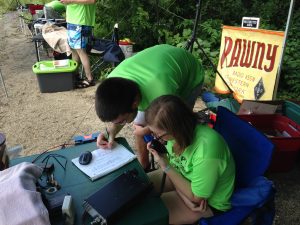 |
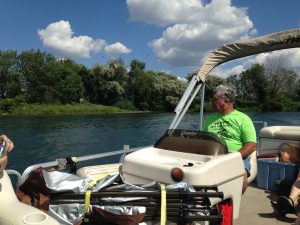 |
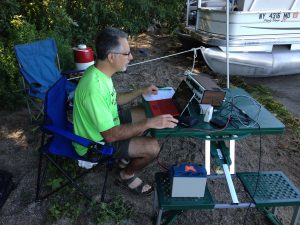 |
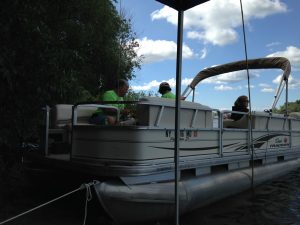 |
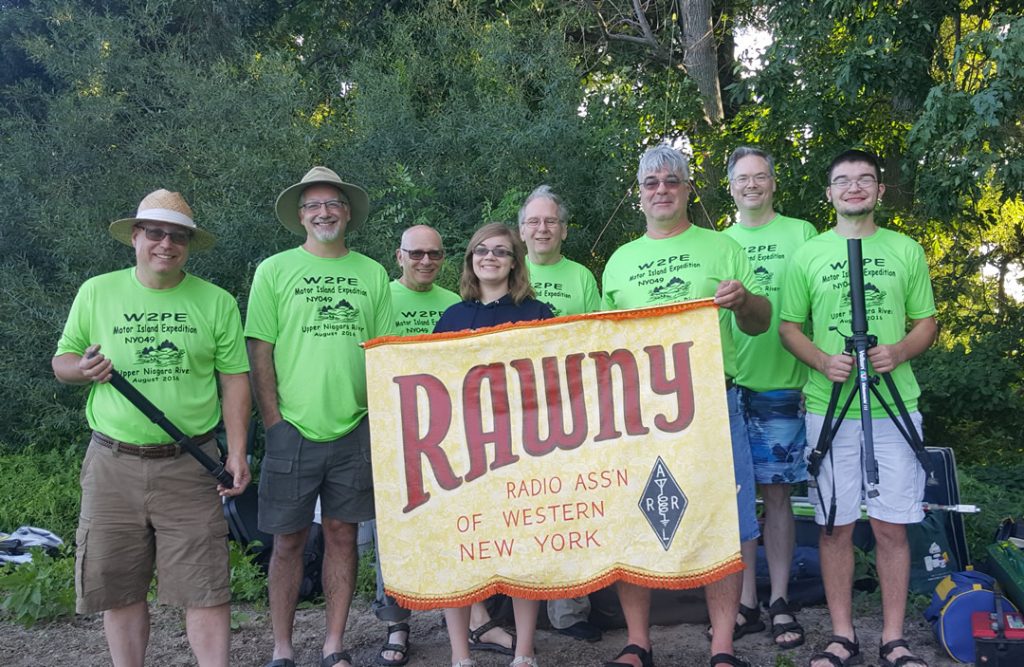 |
||
